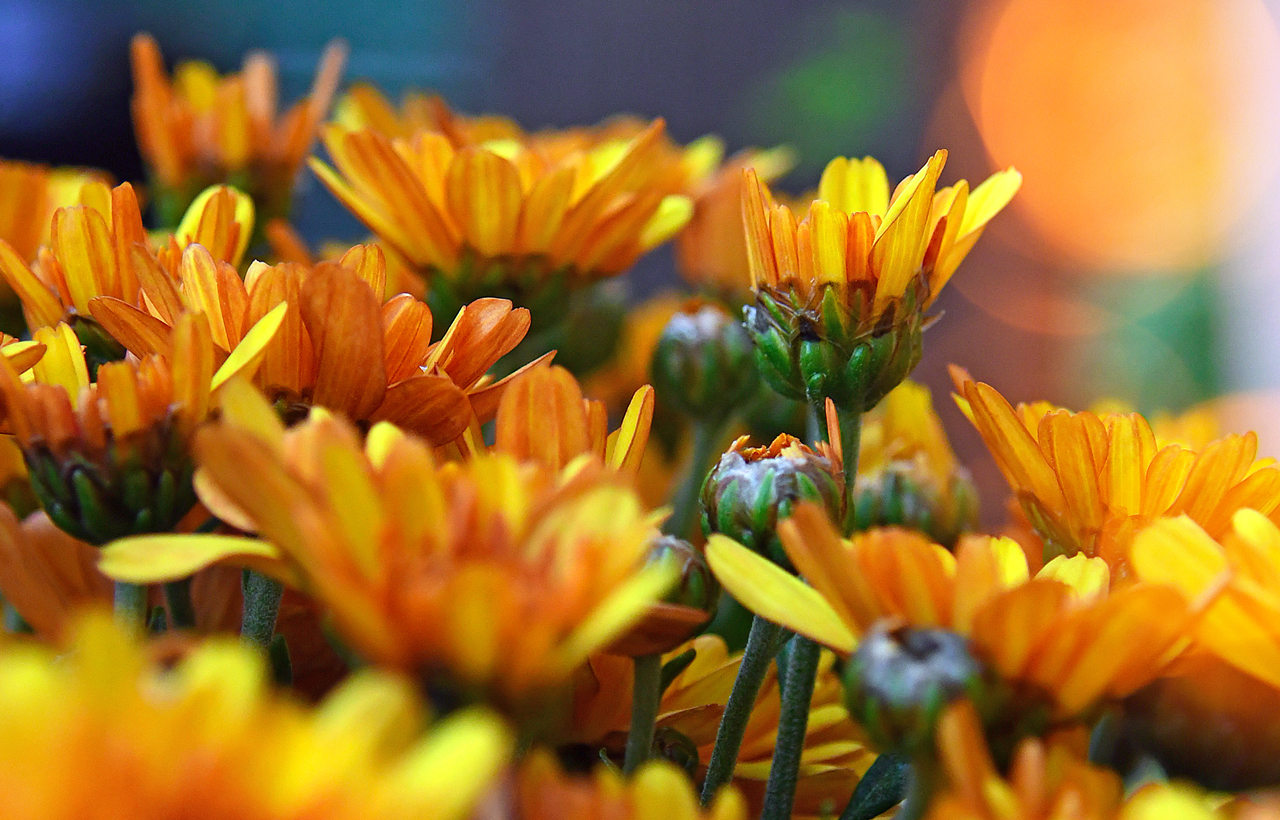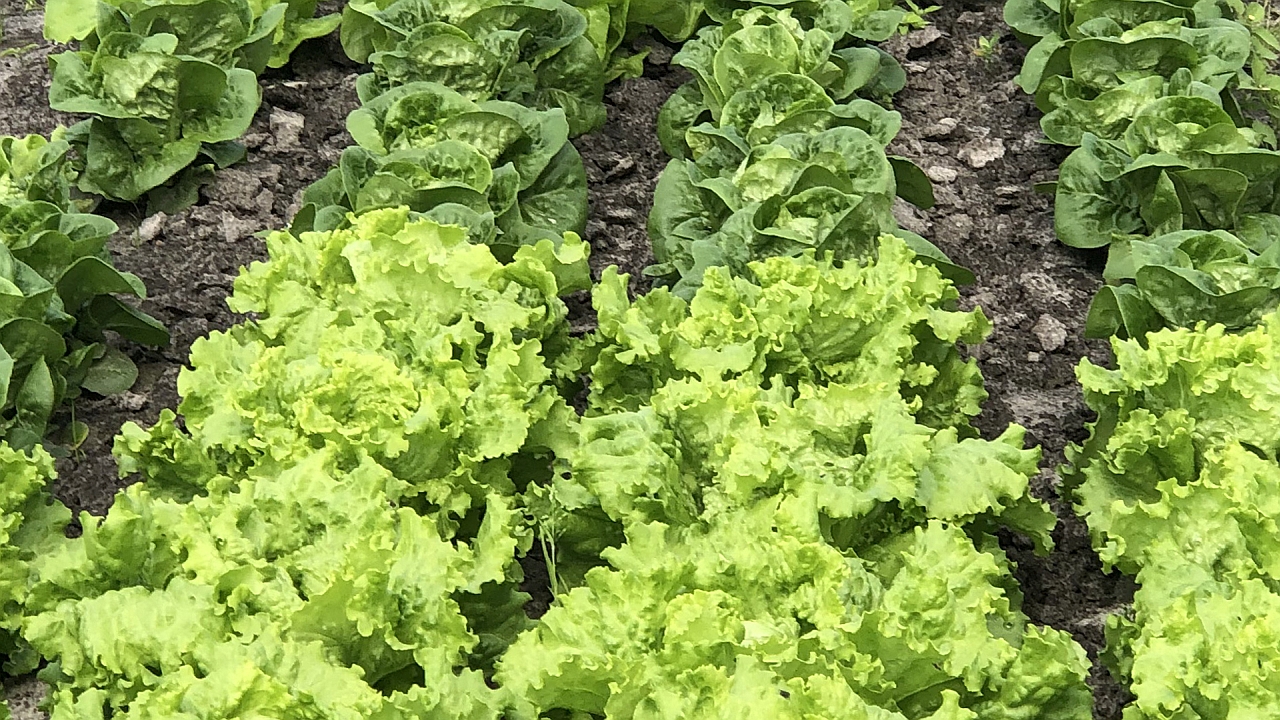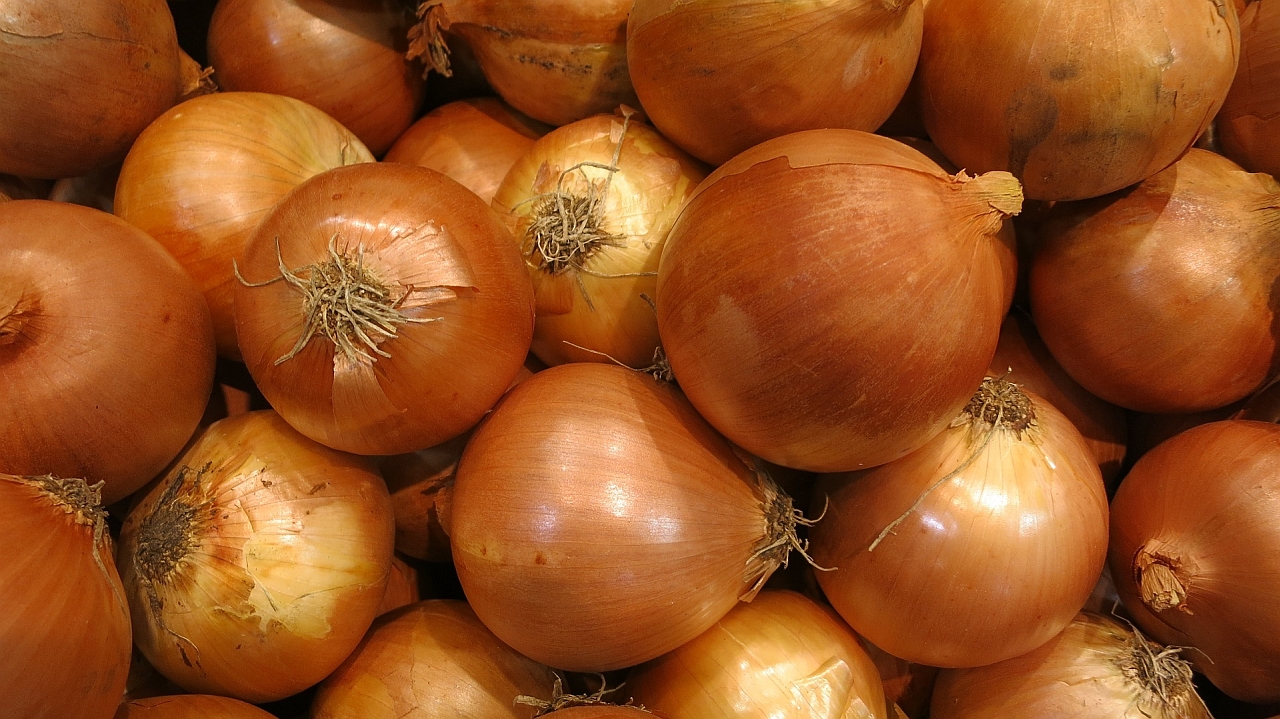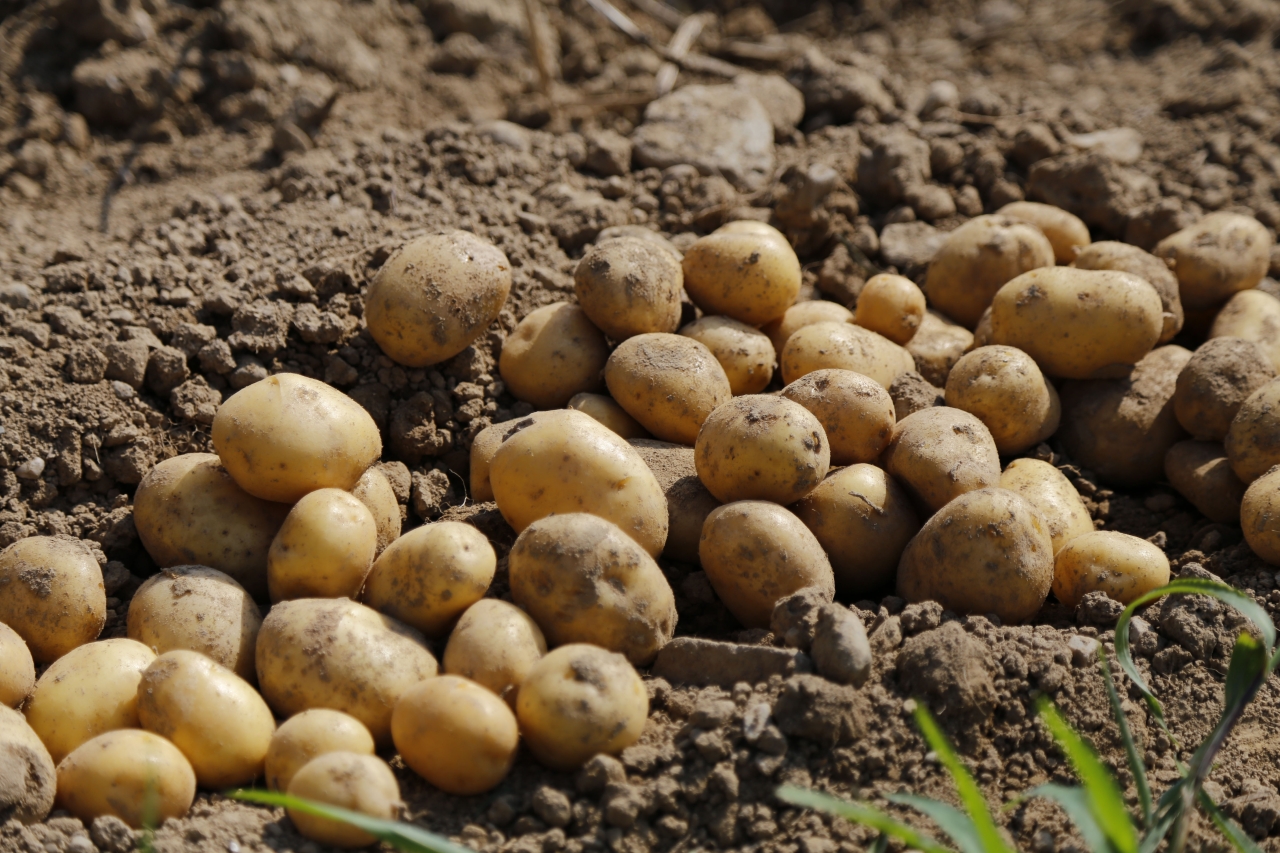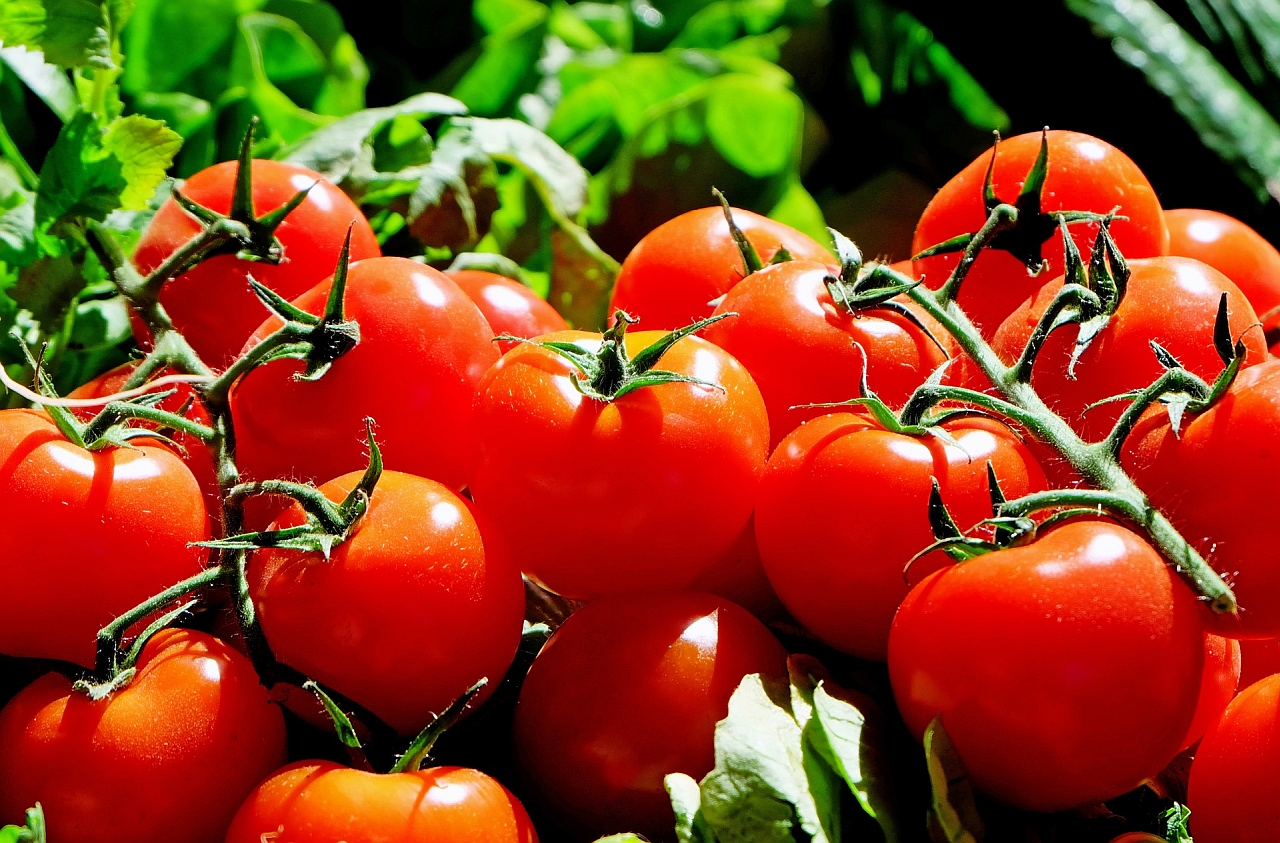Tomato tops the ranking of most cultivated vegetables worldwide. Close to 5 million hectares of tomatoes are grown all over the world.
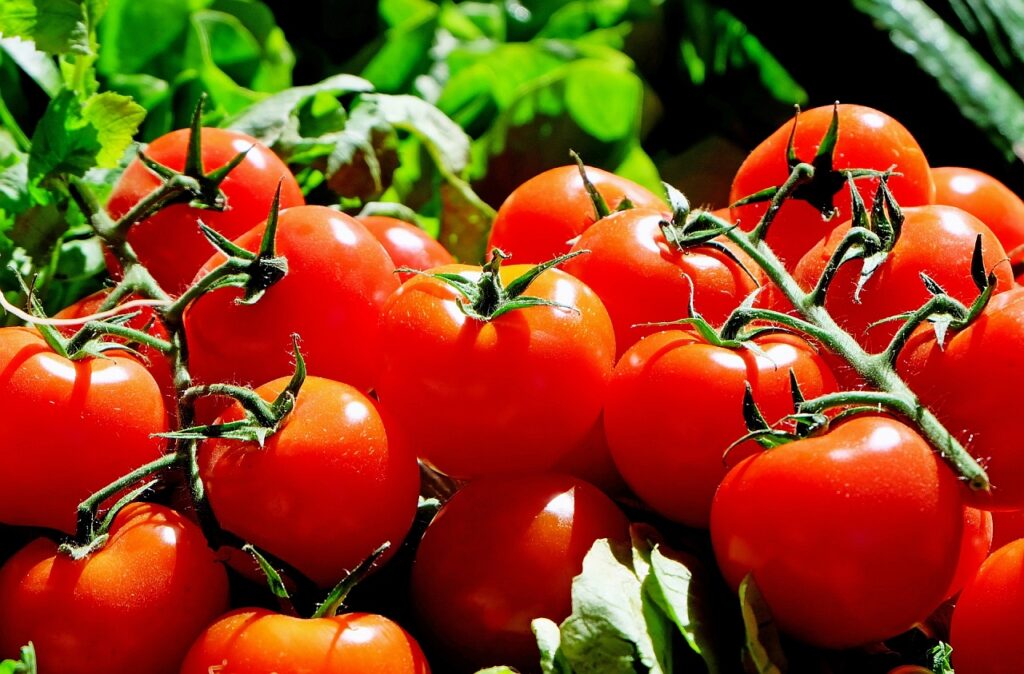
Tomato cultivation serves both the fresh tomato market and the processing industry. Depending on the local climate, it takes place in greenhouses or on open ground.
Tomatoes have a high nutritional value: vitamin C, lycopene and potassium from tomato are an essential part of our daily food consumption. Products for fresh consumption are available in a wide range of shapes, colours, and flavours.
Disease resistance
A large part of the breeding work is aimed at resistance to diseases. Depending on the local growing conditions and the region, different types of resistance are desired. It concerns, for example, resistances to viruses, leaf fungi, soil fungi, nematodes, and insects.
Viruses such as ToBRFV, TYLCV, TSWV, and PepMV are a major threat to tomato cultivation worldwide. Breeding in resistance to diseases is a key element of finding environmentally friendly solutions to these threats.
Under the influence of climate change, tomato varieties will also have to be adapted to increasing abiotic stresses and limited availability of water and fertilizers.
Tomato is used extensively in plant biology research, thanks in part to the availability of a great deal of genetic data and extensive research methods. That makes it possible to quickly apply results from basic scientific research in the tomato breeding process.



